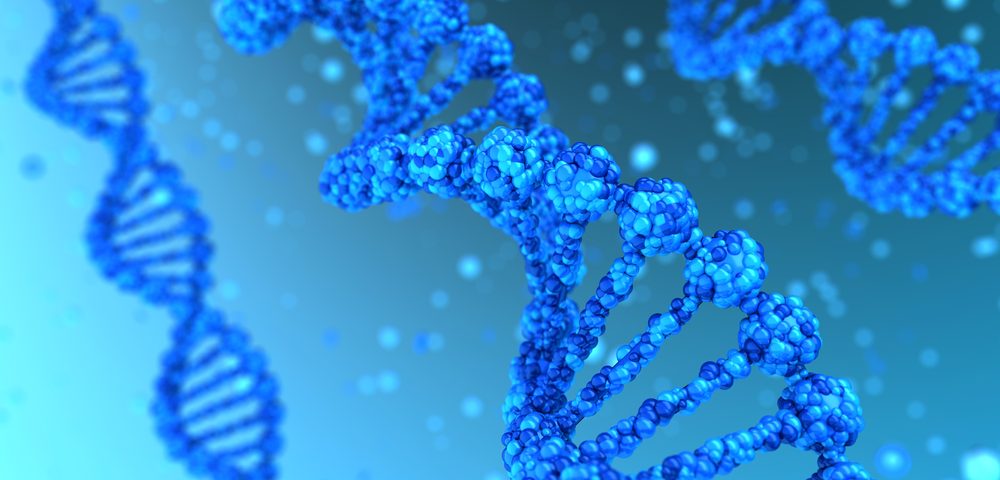Recent research suggested that a “conserved” gene called Nitrilase 1 (Nit1) might contribute to lung cancer development. The findings were published in the journal Oncotarget under the title “Nitrilase 1 modulates lung tumor progression in vitro and in vivo.” The study is the first to characterize Nit1’s contribution to the growth and progression of non-small-cell lung cancer (NSCLC).
Conserved genes are found in a wide range of life forms, such as bacteria, insects, plants, and humans, and scientists believe they perform vital biological purposes.
Researchers from the Sidney Kimmel Cancer Center at Thomas Jefferson University in Philadelphia found that Nit1’s production is considerably higher in common lung cancer compared to other cells. Additionally, lung tumor growth is suppressed when Nit1 is silenced.
The study suggests that Nit1 might offer a much-needed novel drug therapy target, according to the study’s lead investigator, Bo Lu, M.D., Ph.D., a radiation oncologist at Sidney Kimmel Medical College at TJU.
“Lung cancer in most patients is becoming increasingly resistant to the therapies that exist today, making lung cancer the leading cause of cancer death worldwide,” Lu said in a press release. “There is a critical need for new agents, and an inhibitor of Nit1 may represent a new drug strategy.”
Lu’s colleague, Adam Dicker, M.D., Ph.D., chair and professor of radiation oncology, pharmacology, and experimental therapeutics at Sidney Kimmel Medical College, said the study is a “nice example of how research designed to understand basic mechanisms in lung cancer can lead to identification of possible new drug targets.”
Lu and his team generated mouse models developing lung cancer due to a KRAS mutation in the absence or presence of Nit1 in the mouse genome – in humans, lung cancer with KRAS mutations account for 20 to 30 percent of all cases, and are typically much harder to treat.
In a model without Nit1 – created by Jianke Zhang, Ph.D., another Jefferson investigator – the team crossbred a group of mice. They found that the lack of Nit1 led to tumors five times smaller in size than those growing with an active Nit1 gene. The team also observed that Nit1 was highly produced in human lung cancer tissues and cell lines, and these cancer cells had a reduced survival if Nit1 was silenced.
Investigators also tested if the inhibition of this “conserved” gene would intensify the effect of cisplatin, a common lung cancer chemotherapy. The results obtained were very promising.
“The cancer was significantly more sensitive to cisplatin when Nit1 was silenced,” Lu said. “This is a story of discoveries — a tale of a false assumption that has led to a possible new drug strategy.”

